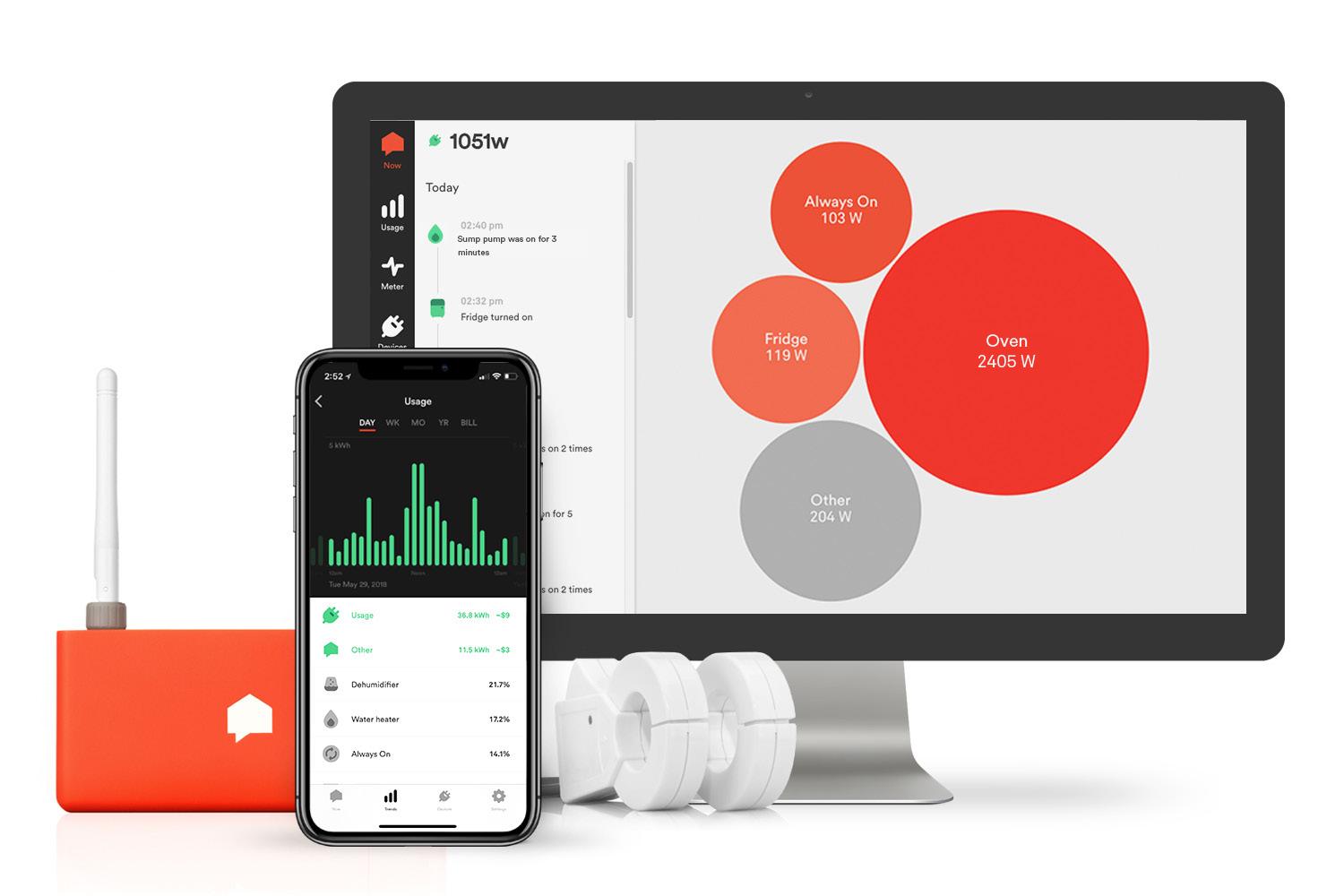FEATURE Design STORY Marni Katz
Sense Energy Monitor Kit
Get Smart Commonplace and cutting-edge technology along with connectivity can turn anyone into a master of their universe In the same breath that you lament the screen—incessant texts from the office, a toddler’s howl for Peppa Pig, another push notification about a celebrity tweet masquerading as breaking news—you’re nearly giddy at the prospect of even more information. And control. Through a series of taps, we can create the just-right climate, conjure a
romantic mood, double check on dangers, and orchestrate a host of household chores. We’re a nation of paranoid, power-hungry Goldilocks. But maybe we’re onto something. According to statistics database Statista, the United States is the largest consumer of smart home technology. In 2019, we spent $23.5 billion on smart home products.
42 | BOSTON SPIRIT
Spending will continue to increase. A recent Houzz survey of over 125,000 renovating homeowners reports that 27 percent regard integrating smart tech as a high priority. Kyle Tripp, a system designer at Massachusetts-based Audio Video Design says, “The desire for smart home technology has only deepened for most clients building new homes or renovating.” Sarah Lawson, owner of S+H Construction in Cambridge, makes an estimate similar to Houzz’s findings saying, “In large-scale renovations, about 25 percent want a big fancy system.” She also notes, “It’s not the heyday
of the smart house, but it will trend up now that systems are easier to use.” The most popular smart products are thermostats, security systems, and lighting, preferably controlled by voice via a smart speaker (that’s you Alexa). “Today’s homeowners are looking to add smart technology to every corner of their house. They like the convenience of using their phone or other device to control not only their thermostat, but their shower, kitchen faucet, and more,” says Lani Smith, a project manager at Frank Webb Home which has showrooms throughout the Northeast.










